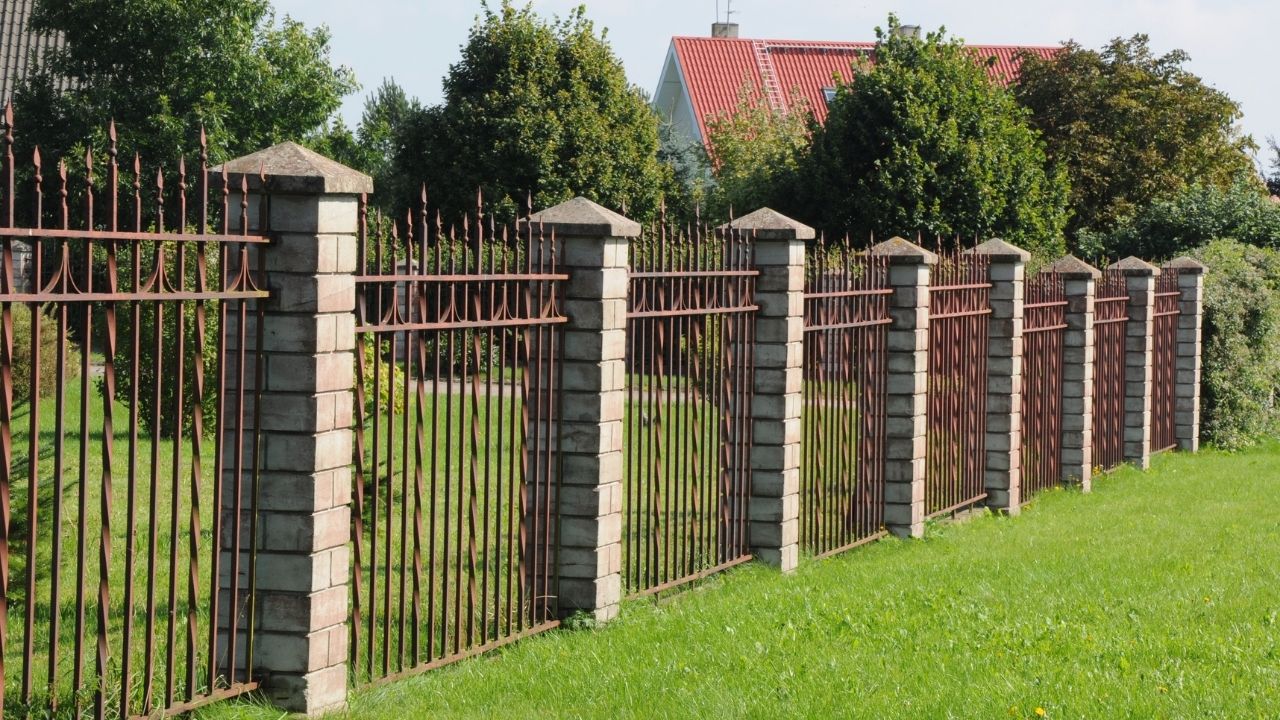
If you're planning to start a new project in construction, you will want to know the estimated cost of bricklaying. Bricks can generally be purchased for less than $1,000 from a brick manufacturer, while if you do the work yourself you can expect to spend between $300 and $880 per thousand bricks. To determine how much bricks you need, simply multiply the square footage of the project by that number.
You can also try asking your contractor what type of equipment he uses. Many contractors use a telescoping beam or a brick mortar mixer. This type requires more materials that standard bricks. However, it is worthwhile if your house needs extensive work. A flat rate is charged by most brick-laying companies per square foot. This may be lower than the price you would pay to buy a block of bricks.
FAQ
Can I rent a dumpster?
You can rent a dumpster for debris removal after your home renovation. Renting a dumpster to dispose of your trash is a great option.
How important do you need to be preapproved for a mortgage loan?
Pre-approval is crucial for getting a mortgage. It gives you an idea how much money it will cost. This will help you decide if you are eligible for a loan program.
How do I renovate my house with zero money?
When renovating a home without spending money, the following steps should be followed:
-
A budget plan should be created
-
Find out the materials you require
-
Pick a place for them
-
Make a list.
-
How much money do you have?
-
Plan your renovation project
-
Get started on your plans
-
Online research is a good idea.
-
Ask friends and family for help
-
Be creative!
How can I find a reliable contractor?
Ask family and friends to recommend contractors. Look online reviews as well. Look online for reviews to ensure the contractor you choose is experienced in the construction area you are interested. Get references from other people and review them.
Statistics
- Rather, allot 10% to 15% for a contingency fund to pay for unexpected construction issues. (kiplinger.com)
- According to the National Association of the Remodeling Industry's 2019 remodeling impact report , realtors estimate that homeowners can recover 59% of the cost of a complete kitchen renovation if they sell their home. (bhg.com)
- ‘The potential added value of a loft conversion, which could create an extra bedroom and ensuite, could be as much as 20 per cent and 15 per cent for a garage conversion.' (realhomes.com)
- Most lenders will lend you up to 75% or 80% of the appraised value of your home, but some will go higher. (kiplinger.com)
- A final payment of, say, 5% to 10% will be due when the space is livable and usable (your contract probably will say "substantial completion"). (kiplinger.com)
External Links
How To
How to renovate an older house
Let's start by deciding what type of renovations you would like to undertake. This could be anything from updating your kitchen appliances to completely renovating the house.
After you've determined the type of renovation you want, you should consider how much money you can spend. It is possible that you don’t have the funds necessary to pay for the entire cost of the project. This could mean that you have to make tough decisions about which parts of your house you can afford and which you cannot.
If you decide that you're going to go ahead and carry out renovations, then there are several things that you need to consider before starting work. You must ensure you have all the permits needed for the job. It's also worth checking whether you need planning permission to carry out certain types of work. If you are planning to make extensions to your house, you may need to apply to the building consent.
Before you begin any work on your home, check with your local council to make sure they don't require any permits. Make sure you check whether each section of the house needs to be given planning permission. Finally, if you're carrying out any major works such as installing a new roof, you might need to contact your insurance provider to make sure that you have adequate cover in place.
The next step after getting all the permits you need is to choose the right tools and materials for the job. There are many options, so take the time to thoroughly research them. The most popular items used in renovation projects are paint, wallpaper paste and flooring.
It is important to evaluate the quality of these items when you are shopping for them. Good quality products will last longer and be more cost-effective. When you are buying any item, ensure that you only purchase what is necessary for the job. It is important not to buy too much, as you may end up wasting valuable resources or having to throw out large quantities of material. Instead, purchase only what you need.
After choosing the right materials for the job you should decide where to keep them while you're renovating the property. If you're planning on renovating a large space of your house, you might need storage space. Alternatively, you could ask family members or friends to help you move all the items around.